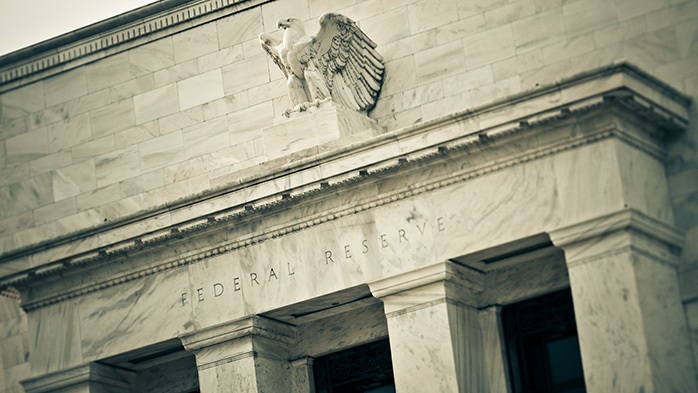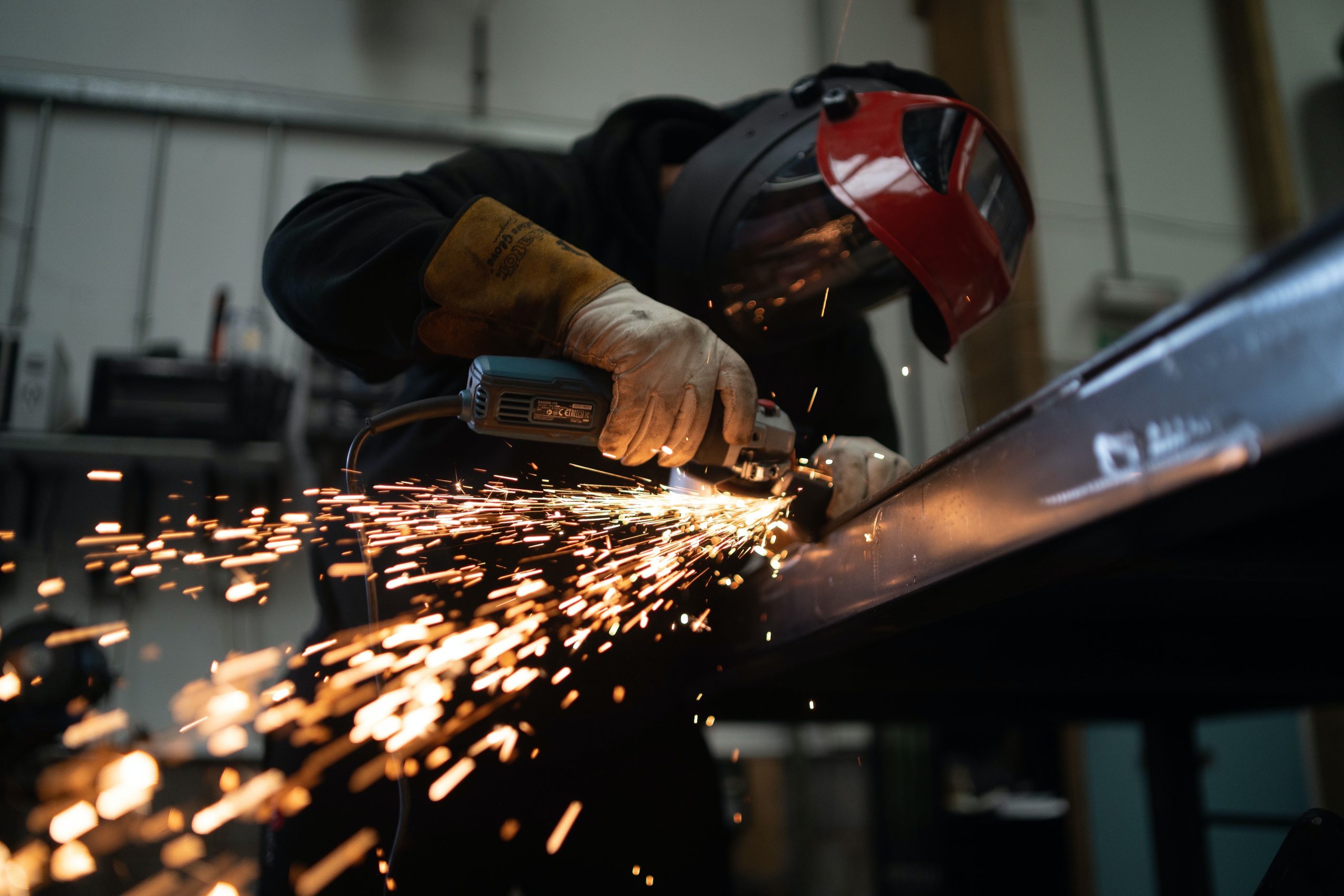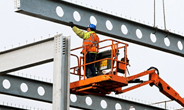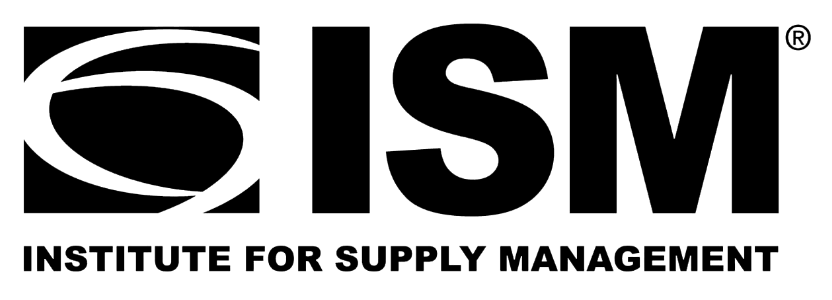Economy

Beige Book shows some positive economic activity
Written by Stephanie Ritenbaugh
December 5, 2024
US economic activity rose slightly in most districts after crawling by the last few months, according to the latest data from the Federal Reserve.
The Fed’s Beige Book showed that in November three regions showed modest or moderate growth that offset flat or slightly declining activity in two others. Meanwhile, expectations for growth rose moderately across most geographies and sectors.
Businesses were optimistic that demand will rise in coming months. Consumer spending was generally stable, though many businesses noted increased sensitivity to prices and quality among customers.
Energy activity in the oil and gas sector, a key player for the steel sector, was flat. But demand for electricity generation continued to grow at a robust rate. Electricity demand was driven by rapid expansions in data centers, an important factor for steel demand, and was reportedly planned to be met by investments in renewable generation capacity in coming years, the Beige Book stated.
The Beige Book is a summary of economic conditions across the Fed’s 12 districts. You can read the full report for a deeper dive into the most recent data, which was collected before Nov. 22.
Here’s a look at some key districts:
Philadelphia
Business activity edged up after falling slightly during the last period, in the district that covers Delaware, southern New Jersey, and eastern and central Pennsylvania.
Consumer spending was flat overall, but the broader nonmanufacturing sector climbed, while manufacturers reported modest growth. Employment, wages, and prices all rose modestly, but inflation expectations rose over concerns about potential tariffs. On average, firms expect moderate economic growth over the next six months, the report found.
Cleveland
Business activity grew modestly in recent weeks, and respondents expected activity to tick up in the coming months. Demand for business services remained robust in the district covering Ohio and parts of Pennsylvania, West Virginia, and Kentucky.
Nonresidential construction activity increased modestly, the Fed found. Employment levels grew slightly. Overall, businesses said wages, nonlabor input costs, and prices grew.
Chicago
Economic activity increased slightly in the region covering Iowa and most of Illinois, Indiana, Michigan, and Wisconsin.
Consumer and business spending edged up; employment was up slightly; construction and real estate activity was flat; and manufacturing activity decreased modestly. Financial conditions loosened slightly.
Dallas
Economic activity rose moderately over the reporting period in the region covering Texas, northern Louisiana, and southern New Mexico. Growth resumed in manufacturing and retail. Employment increased, and wages ticked up. Outlooks improved, with widespread increases in demand expectations.
“Interest rate cuts have had an overall positive but mild effect, and contacts were mostly bullish on prospective business conditions under the incoming administration, though some noted worry about potential trade and immigration policy changes,” the Beige Book stated.
San Francisco
Economic activity was stable in the district covering Alaska, Arizona, California, Hawaii, Idaho, Nevada, Oregon, Utah, and Washington. Employment levels were flat while wages and prices rose slightly. Activity in manufacturing, residential real estate, and financial services increased somewhat, while conditions in commercial real estate were stable. Conditions in agriculture softened slightly.

Stephanie Ritenbaugh
Read more from Stephanie RitenbaughLatest in Economy

New York state manufacturing index drops again in April
Firms were pessimistic, with the future general business conditions index falling to its second lowest reading in the more than 20-year history of the survey

Construction adds 13,000 jobs in March
The construction sector added 13,000 jobs, seasonally adjusted, in March, but tariffs could undermine the industry.

Supply chains, end-users brace for impact from tariffs
Supply chains are working through what the tariffs mean for them

ISM: Manufacturing expansion loses steam after two months of growth
US manufacturing activity slowed in March after two straight months of expansion, according to supply executives contributing to the Institute for Supply Management (ISM)’s latest report.

Chicago Business Barometer rose to 16-month high in March
The Chicago Business Barometer increased for the third-consecutive month in March. Despite this, it still reflects contracting business conditions, as it has since December 2023.
